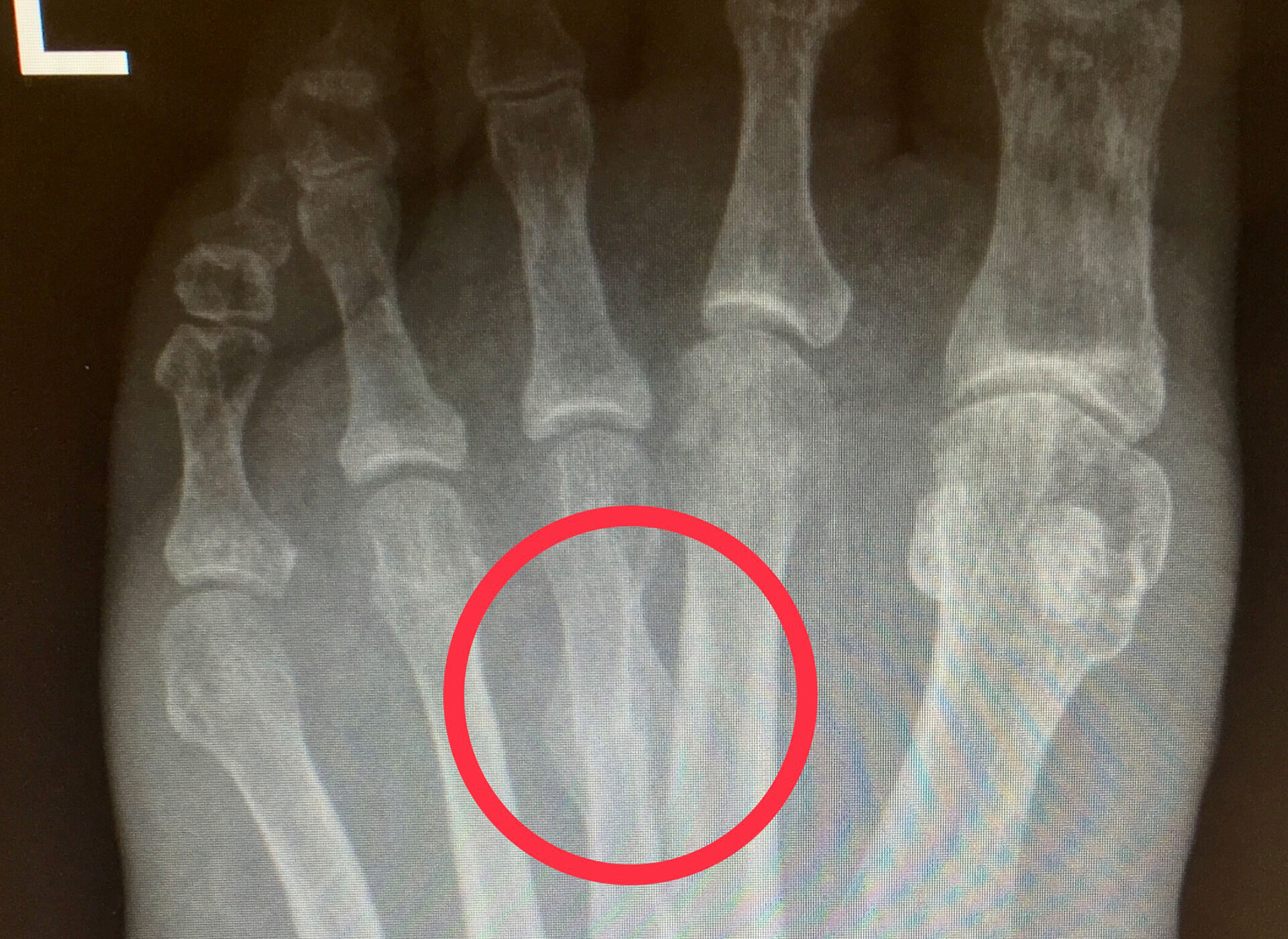Stress Fractures
What is a Stress Fracture?
Stress fractures are small cracks/breaks which can occur in any bone of the foot, though the most common is the metatarsal bone. They are relatively small breaks and are often caused by repetitive stress on a particular area of the foot. They can cause significant pain for the patient.
What Causes a Stress Fracture?
Typically a stress fracture occurs due to overuse or a repetitive activity and they can be common in runners or those who participate in sports which involve a lot of running.
Symptoms of a stress fracture include:
- Pain that diminishes during rest
- Pain that occurs and intensifies during normal, daily activities
- Swelling on the top of the foot or on the outside of the ankle
- Tenderness to touch at the site of the fracture
- Possible bruising
What are the Treatment Options for a Stress Fracture?
It is essential to rest the affected area once a stress fracture occurs, to allow healing to take place. Returning to high impact activity too quickly can not only delay the healing process but can also increase the risk of further fracture – which takes longer to recover from.
The goal of treatment is to relieve pain and allow the fracture to heal so that you are able to return to your activities. Following your treatment plan will help you return to activities faster and prevent further damage to the bone.
Non-Surgical Treatment
Typically, with proper rest, it can take from 6-8 weeks for a stress fracture to heal.
To reduce pressure on your foot or leg a post-op shoe or short-leg aircast boot may be recommended. Sometimes casting is recommended, particularly if the stress fracture presents on the fifth metatarsal bone which can take longer to heal.
Surgical Treatment
Sometimes surgery is the best solution to ensure a stress fracture heals properly. Screws, Pins, and/or plates are most often used to hold the small bones of the foot and ankle together during the healing process.

